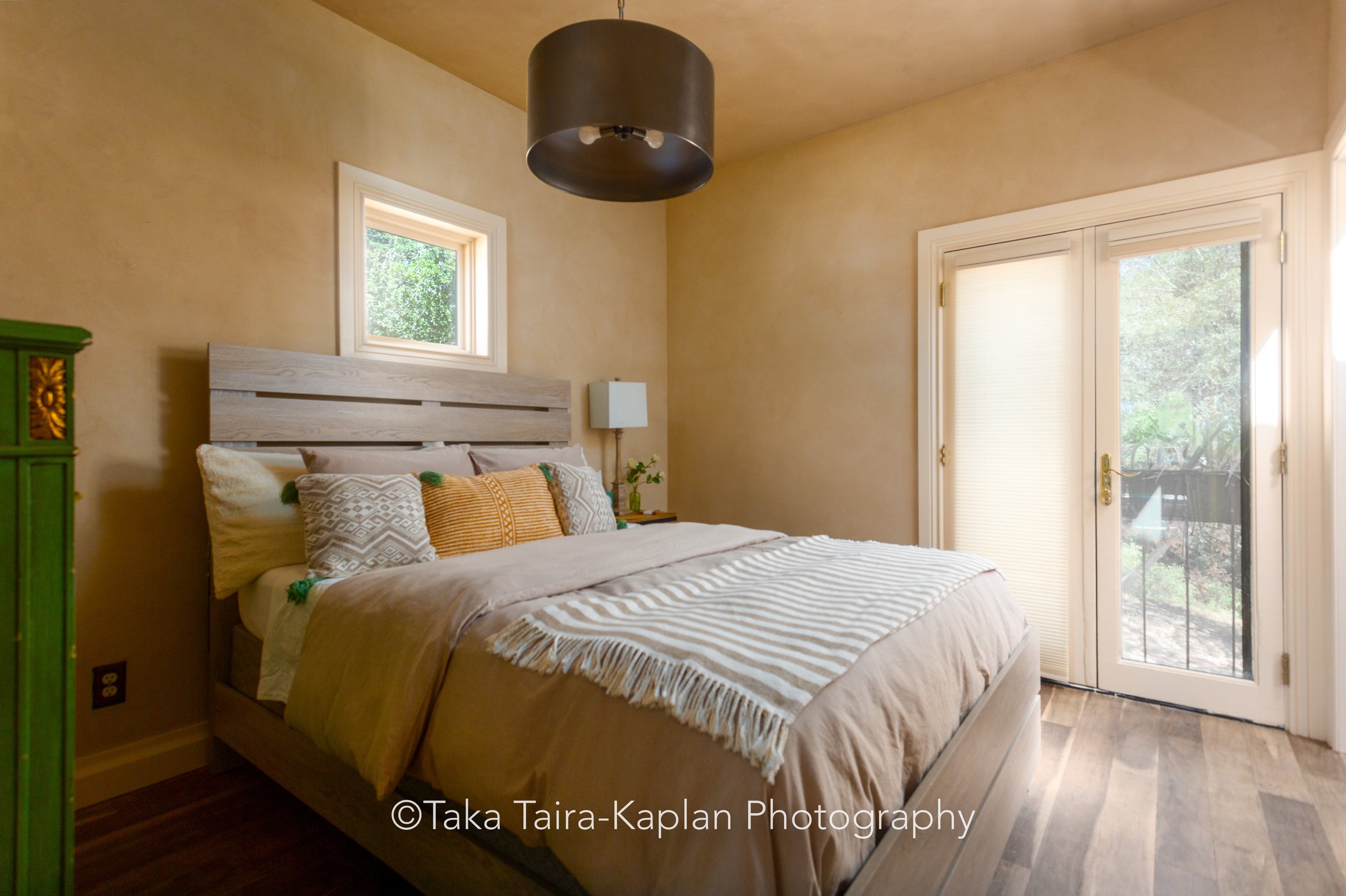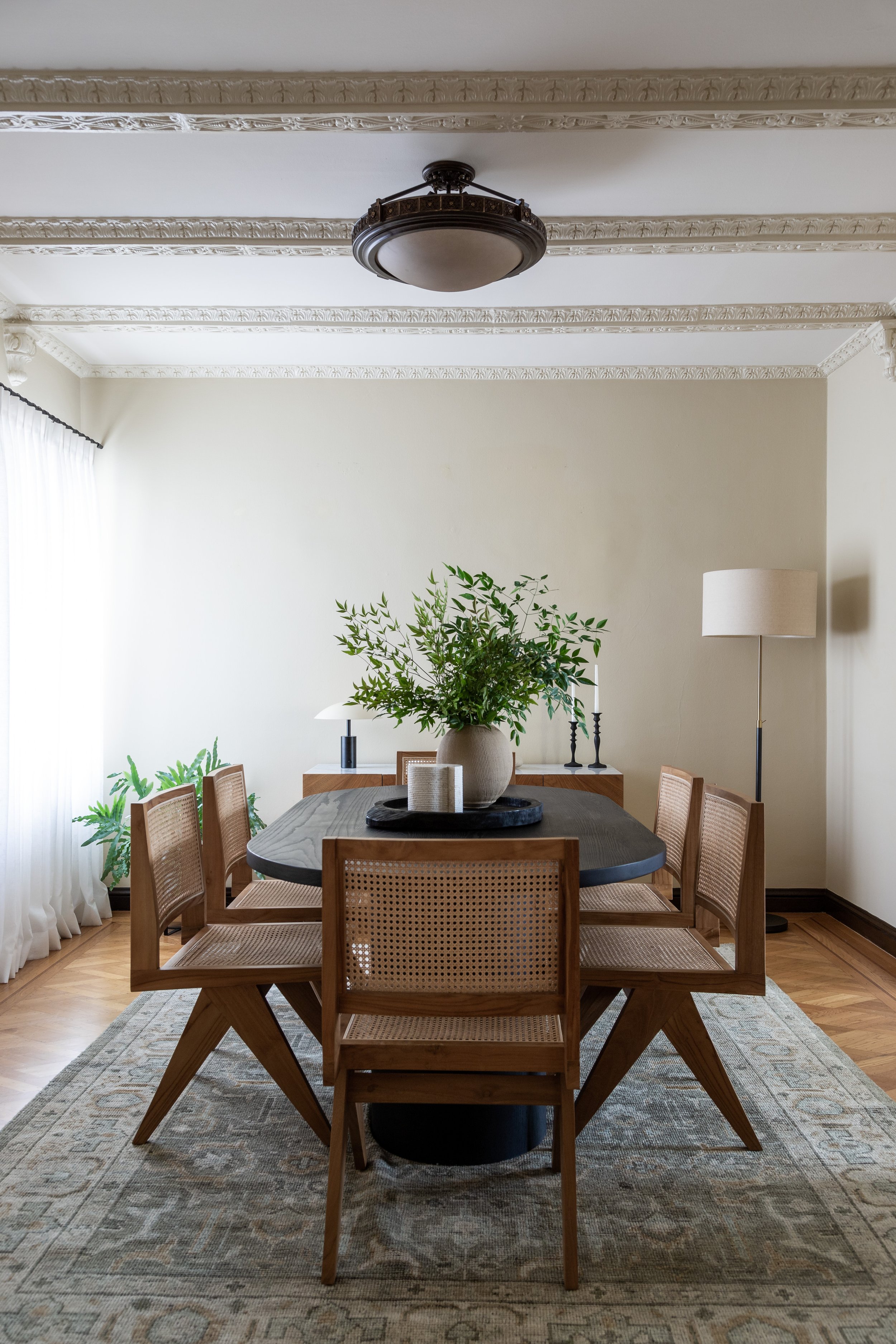Illuminating Excellence: The Crucial Role of Flash Photography in Interior Design
In the dynamic world of interior design, where every detail plays a pivotal role in creating a captivating ambiance, the significance of professional photography cannot be overstated. Interior designers, striving to showcase their projects in the best possible light, often seek out photographers who possess a mastery of using flashes for lighting. In this blog post, we'll explore the reasons behind the preference for flash photography in the realm of interior design and how it elevates the visual storytelling of designed spaces.
Control Over Lighting Conditions:
One of the primary reasons interior designers prefer photographers skilled in using flashes is the unparalleled control they offer over lighting conditions. Natural light is undoubtedly beautiful, but it can be unpredictable and inconsistent, especially when shooting interiors. Flashes empower photographers to meticulously manipulate light, ensuring that every corner and detail of the space is highlighted with precision.
Balancing Ambient and Artificial Light:
Effective interior photography requires striking the right balance between ambient and artificial light sources. Flashes enable photographers to supplement existing lighting, correcting any shortcomings and ensuring a harmonious blend. This balance is crucial for capturing the true essence of a designed space, showcasing textures, colors, and architectural elements in their intended glory.
Mitigating Shadows and Highlighting Details:
Interior spaces often pose challenges in terms of uneven lighting, shadows, and overexposed highlights. Skillful use of flashes allows photographers to mitigate these issues, bringing out details that might otherwise be lost in the shadows or overwhelmed by excessive brightness. This meticulous control enhances the photographer's ability to showcase the design elements that make a space unique and visually stunning.
Overcoming Space Limitations:
Not all interior spaces are flooded with natural light, and some may even lack windows altogether. In such cases, flashes become indispensable tools for photographers, compensating for the absence of natural light and ensuring that even the most enclosed spaces are beautifully captured. This adaptability is crucial for showcasing a diverse range of interior designs, from expansive living rooms with ample sunlight to cozy, dimly lit corners.
Creating a Consistent Aesthetic:
Interior designers often work tirelessly to establish a consistent aesthetic throughout their projects. Similarly, photographers aim to maintain a cohesive visual language in their portfolios. The controlled lighting provided by flashes allows photographers to achieve a consistent look across different projects, enhancing their ability to showcase a diverse yet unified body of work.
In the symbiotic relationship between interior designers and photographers, the mastery of flash photography emerges as a key factor. The ability to control, balance, and enhance lighting conditions empowers photographers to capture the essence of designed spaces in a way that does justice to the creativity and effort invested by interior designers. As the demand for visually stunning design portfolios continues to rise, the collaboration between interior designers and photographers skilled in flash techniques becomes more valuable than ever.


